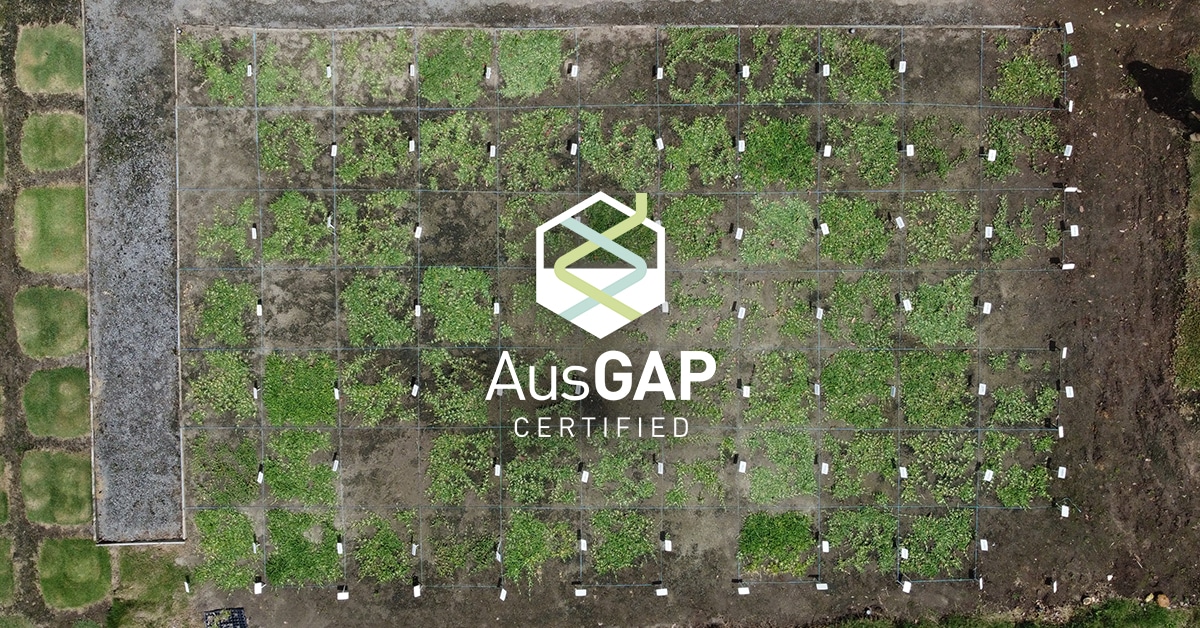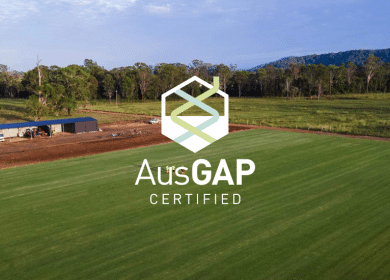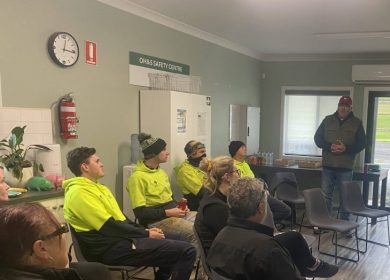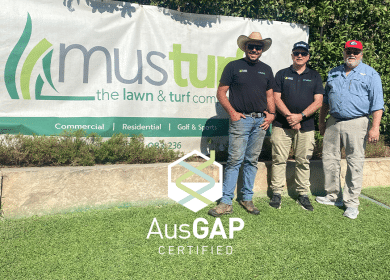The process of introducing new turfgrasses into Australia

New turfgrasses are introduced and brought into Australia to embrace the new technology of low input and environmentally sustainable grasses. Newly bred cultivars are more drought tolerant, disease resistance, wear tolerant, and more. This brings value to Australia by creating more resilient and reliable greenspaces. However, the introduction of a new turfgrass into Australia is a complex process. This process requires, further research and development into the cultivar, careful planning, and regulation. Read this week’s blog to learn about the process of introducing a new turfgrass into Australia.
Quarantining new turfgrasses
If new turfgrasses are not bred in Australia they need to be imported. Once a new turfgrass variety has been developed and deemed suitable for introduction to Australia, it must undergo a rigorous quarantine process. This involves growing the grass in a secure facility, monitoring it for signs of pests or diseases, and performing various tests to ensure its safety. This is a timely and costly process; the survival of each cultivar is not guaranteed. Usually multiple cultivars are quarantined at a time to ensure it is an economical endeavour. Furthermore, it ensures that during the research and development stages the best variety is introduced to the market.
Researching and developing new turfgrasses
The next step in introducing a new turfgrass variety to Australia is to perform extensive research and development. This includes evaluating the turfgrass’s growth habit, winter colour, tensile strength, drought tolerance and overall performance. While most grasses brought to Australia have spent years in research and development, it is important to gather Australian data on these cultivars to ensure they support the data gathered by the original breeder/researcher. This process can take years. While some cultivars never become available to the public in an effort to ensure that only superior varieties are available.
Plant breeder’s rights
If a singular cultivar is chosen from research and development, in order to protect the variety, it must be submitted for plant breeder’s rights. Plant breeder’s rights give the applicant, if successful, exclusive marketing rights to a registered plant variety for a 20-year period. These rights extend to the propagation of the material and also includes propagating material of essentially derived and dependent varieties.
Expanding new turfgrass varieties
Once the grass has been thoroughly tested and suitable for production, it can be made available to the Australian market. AusGAP ensure that during the expansion process across their clients nationwide, the new cultivar is protected and remains genetically pure. AusGAP does this by establishing a distribution network. This begins with foundation farms, growing, and expanding the variety for then further planting on other farms around Australia. The grass that reaches the consumer is then the third generation away from the original breeder stock. Due to AusGAP’s policies and procedures and their clients work, the turfgrass contains the exact same DNA and remains true to type as the original material during this expansion process. This is to ensure that the research, development, and time that was put into this new variety is exactly what the consumer receives. Without certification this cannot be guaranteed.
The introduction of a new turfgrass into Australia is a complex process that requires significant investments of time and resources. However, it is an important step in advancing the turfgrass industry and providing high quality sustainable options for lawns, sports fields, and other greenspaces. With proper planning, research, and certification, new turfgrass varieties can be introduced into Australia, providing benefits for the turfgrass industry, the environment, and consumers.


